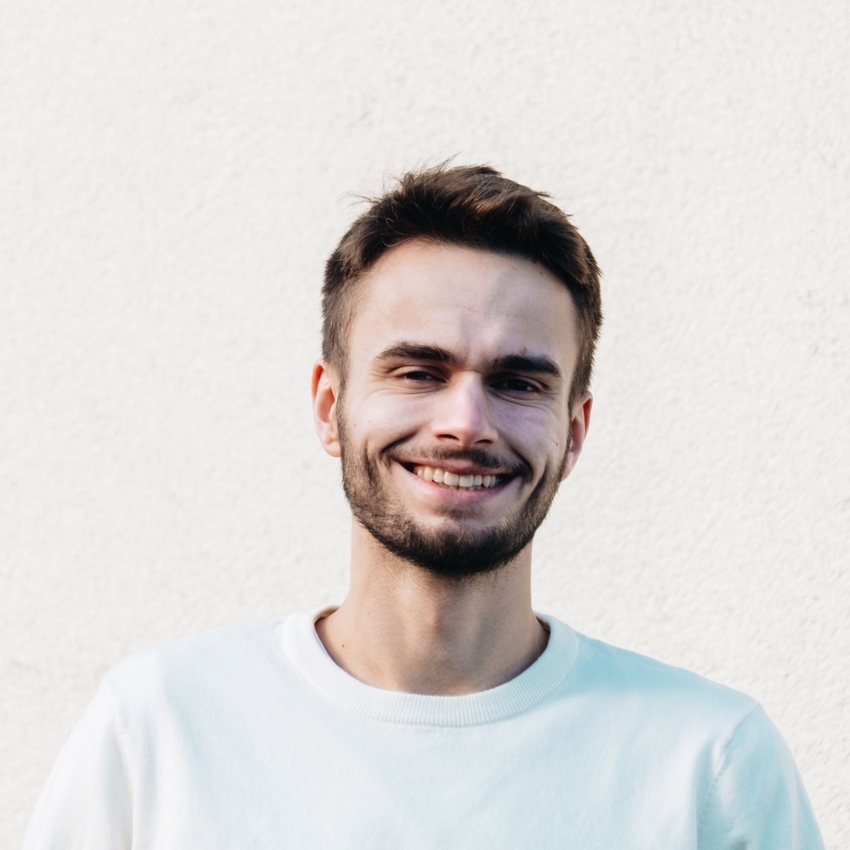SmartMonitoring
Improving the predictive quality of repository-relevant simulations

SmartMonitoring
Improving the predictive quality of repository-relevant simulations- Bundesgesellschaft für Endlagerung mbH (BGE)
- 2022/01
- 3 years
- In progress
During the last decades, the subsurface below our feet served as source for a variety of natural resources, but also as a storage and deposit medium for waste materials. In 2020, the Bundesgesellschaft für Endlagerung (BGE) founded a project centered around the selection of a final repository site for radioactive waste. The research cluster is composed of six subgroups, each handling different uncertainties in the site selection process. Within the research group SmartMonitoring chairs of RWTH Aachen University and the University of Stuttgart collaborate and follow the overall goal of improving the predictive quality of repository-relevant simulations through optimal data acquisition and monitoring. The main research questions GIM is addressing are:
Which field measurements provide the largest information content for the studies process and where and when should these measurements be acquired?
To answer these questions, SmartMonitoring is expected to develop one benchmark scenario for each possible host rock (rock salt, claystone and crystalline rock) and optimize its predictive quality. While the project partners focus on the development of surrogate modeling techniques, we contribute with process-based monitoring concepts based on those reference cases. Here, we use process predictions to simultaneously optimize monitoring setups using both conventional (e.g., temperature) sensors as well as geophysical source and receiver positions.
In the end, SmartMonitoring will provide a modular computational workflow that is adaptable to any possible host rock scenario in Germany for the evaluation and optimization of processes and measurements.
Project partners
- Lead: Prof. Julia Kowalski, Chair of Methods for Model-based Development in Computational Engineering
https://www.mbd.rwth-aachen.de - Prof. Dr.-Ing. Wolfgang Nowak and apl. Prof. Dr.-Ing. Sergey Oladyshkin, Stochastic Simulation and Safety Research for Hydrosystems, University of Stuttgart
https://www.iws.uni-stuttgart.de/en/ls3/
Publications resulting from this project
-
Uncertainties and robustness with regard to the safety of a repository for high-level radioactive waste: introduction of a research initiative
2024 |
Environmental Earth Sciences, doi:10.1007/s12665-023-11346-8
RWTH Publications PDFNote: This publication introduces the broader research vision behind our SmartMonitoring subproject.Abstract
The Federal Company for Radioactive Waste Disposal (BGE mbH) is tasked with the selection of a site for a high-level radioactive waste repository in Germany in accordance with the Repository Site Selection Act. In September 2020, 90 areas with favorable geological conditions were identified as part of step 1 in phase 1 of the Site Selection Act. Representative preliminary safety analyses are to be carried out next to support decisions on the question, which siting regions should undergo surface-based exploration. These safety analyses are supported by numerical simulations building on geoscientific and technical data. The models that are taken into account are associated with various sources of uncertainties. Addressing these uncertainties and the robustness of the decisions pertaining to sites and design choices is a central component of the site selection process. In that context, important research objectives are associated with the question of how uncertainty should be treated through the various data collection, modeling and decision-making processes of the site selection procedure, and how the robustness of the repository system should be improved. BGE, therefore, established an interdisciplinary research cluster to identify open questions and to address the gaps in knowledge in six complementary research projects. In this paper, we introduce the overall purpose and the five thematic groups that constitute this research cluster. We discuss the specific questions addressed as well as the proposed methodologies in the context of the challenges of the site selection process in Germany. Finally, some conclusions are drawn on the potential benefits of a large method-centered research cluster in terms of simulation data management.
Cite as
Kurgyis, K. and Achtziger-Zupancic, P. and Bjorge, M. and Boxberg, M. S. and Broggi, M. and Buchwald, J. and Ernst, O. G. and Flügge, J. and Ganopolski, A. and Graf, T. and Kortenbruck, P. and Kowalski, J. and Kreye, P. and Kukla, P. and Mayr, S. and Miro, S. and Nagel, T. and Nowak, W. and Oladyshkin, S. and Renz, A. and Rienäcker-Burschil, J. and Röhlig, K.-J. and Sträter, O. and Thiedau, J. and Wagner, F. M. and Wellmann, F. and Wengler, M. and Wolf, J. and Rühaak, W. (2024): Uncertainties and robustness with regard to the safety of a repository for high-level radioactive waste: introduction of a research initiative. Environmental Earth Sciences. https://doi.org/10.1007/s12665-023-11346-8

